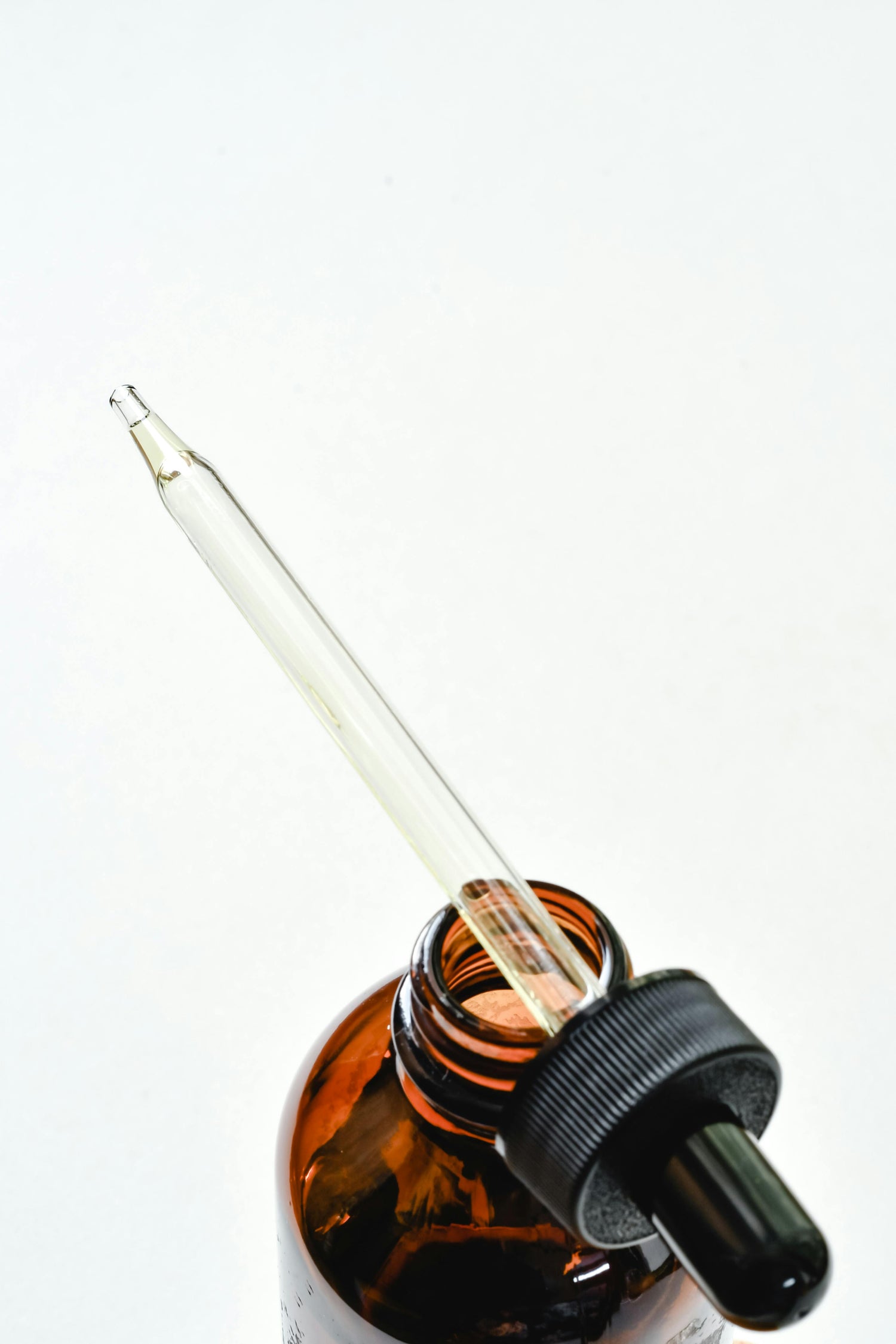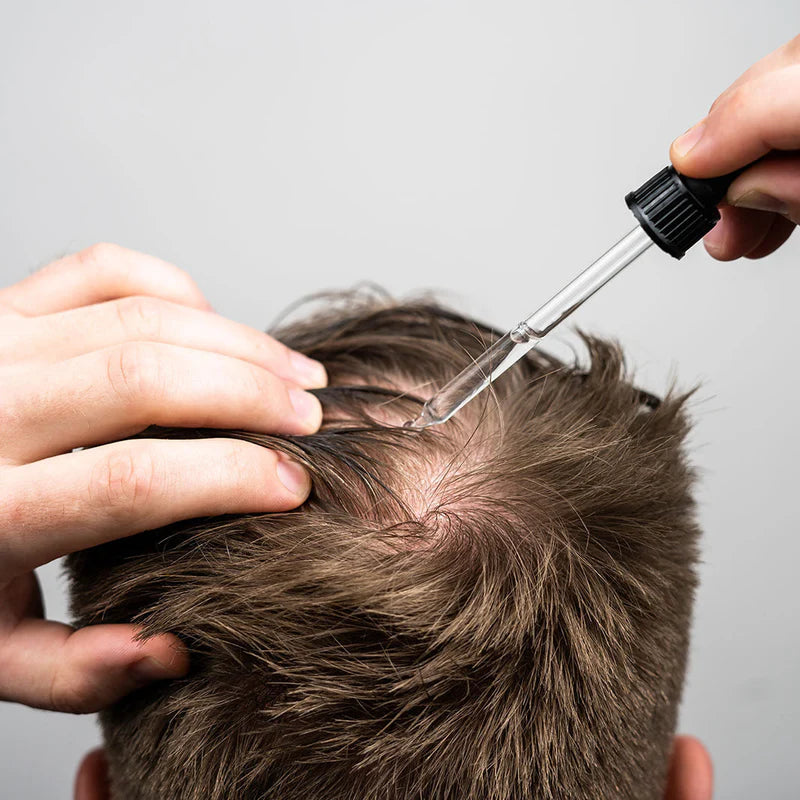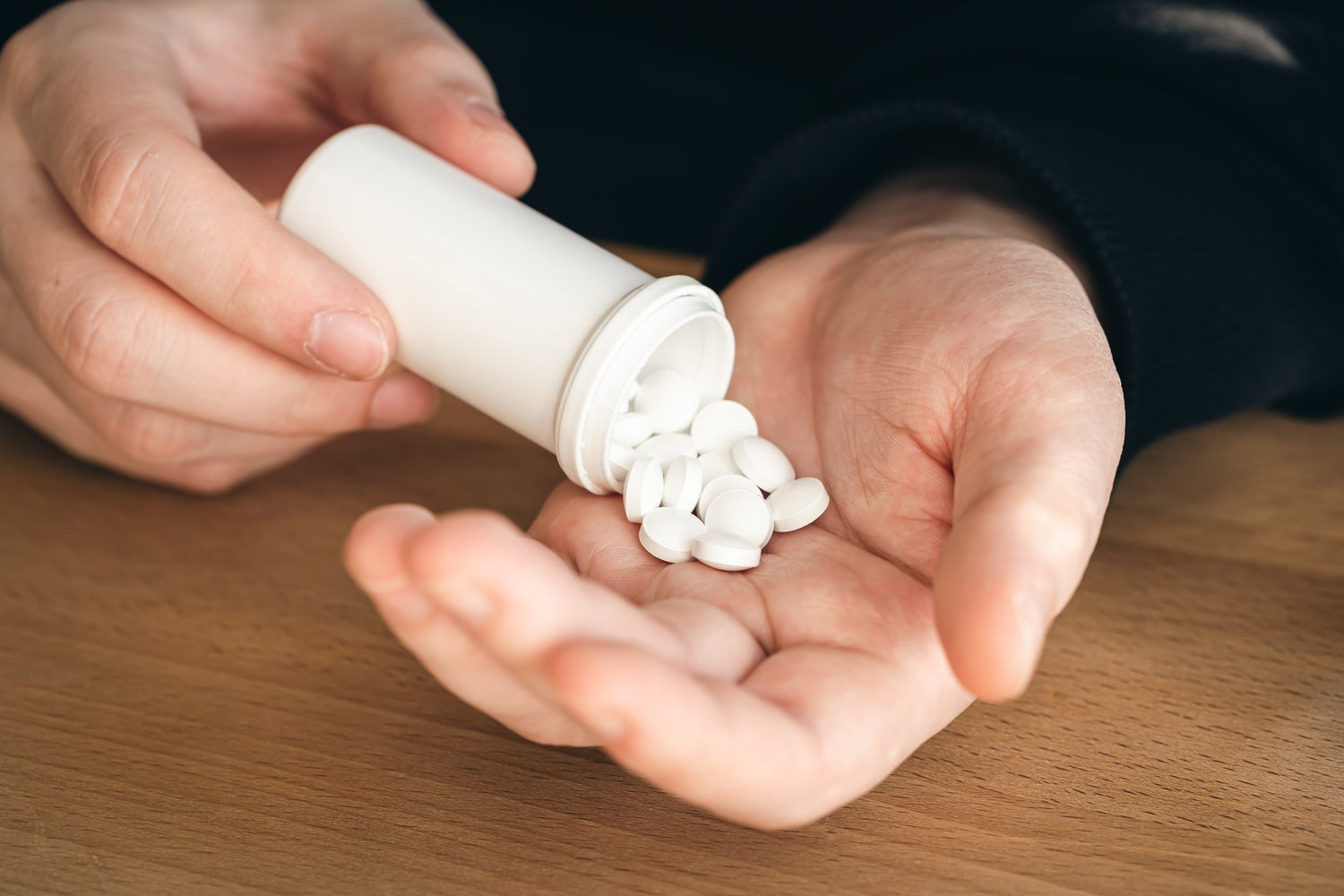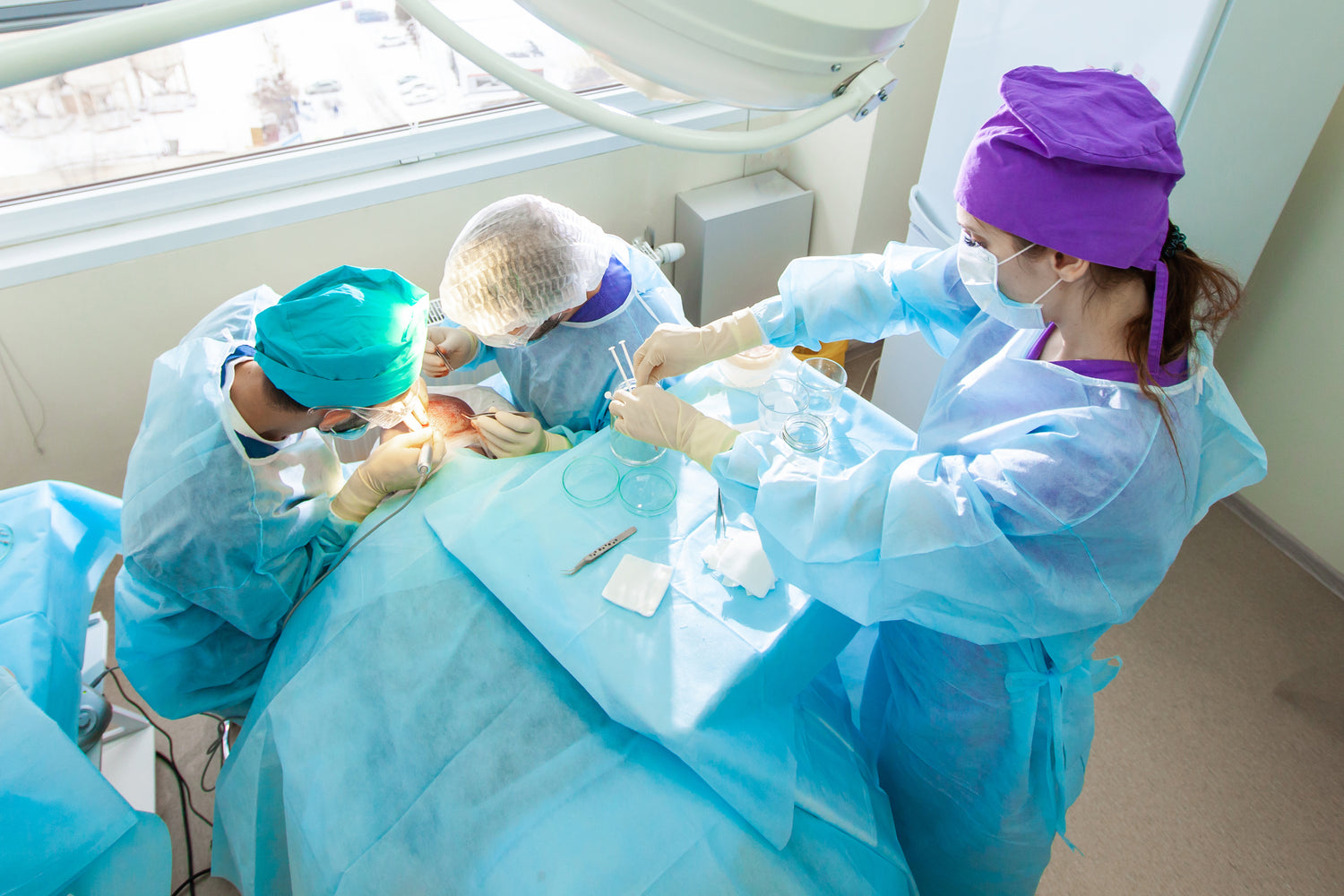Hair loss treatments
Hair loss is progressive. The earlier you begin, the better your long-term results will be. Men who start treatment at the early signs of thinning or recession can stop hair loss and even re-grow their hair, preventing the need for expensive and unpleasant treatments later on.

Topical treatments: our specialty
There are many treatments available for male pattern baldness, ranging from hair pieces to hair transplants. At Men's Hair Clinic, we use topical treatments as a low risk, high reward option. Our treatments don't involve needles to the scalp, expensive hair follicle transplantation, or oral tablets that circulate in the blood to reach the head. By topically applying the medication directly to your scalp, the risk of side effects is significantly reduced without losing any of the efficacy.
Unlike traditional topical treatments, our formulations are made to be used just once a day. Whether you decide to use it in the morning or in the evening, we want things to be as easy and convenient for you as possible.
Emerging evidence in the field shows that combination therapy is the most effective for combating male pattern hair loss. Often this will involve an oral medication on top of a topical treatment. At Men's Hair Clinic, we've combined two effective treatments for hair loss - minoxidil and finasteride - into one simple medication. The concentration of each component is then tailored to the need of each patient.
Together, these treatments are the final solution for over 95% of men.
-
Minoxidil
Works by dilating blood vessels to bring essential nutrients to the hair follicoles. Topical treatments with minoxidil have been around for over thirty years, and show a 70% response rate in patients with male pattern baldness.
-
Finasteride
Stops the conversion of testosterone to dihydrotestosterone (DHT), which is the main hormone that drives male pattern hair loss. It has typically been used as an oral tablet, but research in the last few years has shown that it is just as effectively topically, whilst also being safer to use.
Comparing treatment options

Topical solutions
Typically include a combination of over-the-counter medications such as minoxidil, as well as prescription medications like finasteride. They are applied directly to the scalp with a dropper, foam or spray.
BEST FOR
- Early to moderate hair loss (Norwood scale 1-4).
- Maintaining existing hair and stimulating growth of new hairs.
PROS
- Targets the scalp directly.
- Low risk of side effects.
- Customised prescriptions to suit your hair and skin.
CONS
- Requires daily and ongoing application.

Oral medications
These are daily prescription tablets, commonly containing constituents such as finasteride or saw palmetto.
BEST FOR
- Early to moderate hair loss (Norwood scale 1-4).
- Maintain existing hair and stimulating growth of new hairs.
PROS
- Simple and easy to take.
CONS
- Higher risk of side effects due to their systemic absorption.
- Require daily and ongoing use.

Hair transplant surgery
Surgical relocation of healthy hair follicles from the back/sides of the scalp to bald or thinning areas.
BEST FOR
- Advanced hair-loss (Norwood scale 4–7).
PROS
- Can provide natural looking results by restoring the hairline and density.
CONS
- Expensive.
- Recovery period.
- Can leave scarring.
- Will still need ongoing treatment to maintain healthy hair.
Other treatments
-
Low-level laser therapy (LLLT)
LLLT uses wavelengths of light between 600 and 1100nm to encourage hair growth, either in a clinic or with laser combs or caps at home. Though not as effective as prescribed medications, it is a non-invasive and cost-effective option. Usually used in conjunction with other therapies.
-
Microneedling
Tiny needles cause controlled tissue microinjury, which promotes healing and growth. Microneedling is usually used in conjunction with topical therapies as it improves their absorption through the skin.
-
Platelet rich plasma (PRP)
PRP contains the beneficial platelets, growth factors and signaling molecules involved in hair regrowth. It shows good results, though does require ongoing maintenance injections. As the patient's blood needs to be isolated and injected into the scalp by a trained professional, PRP is a more expensive option.
